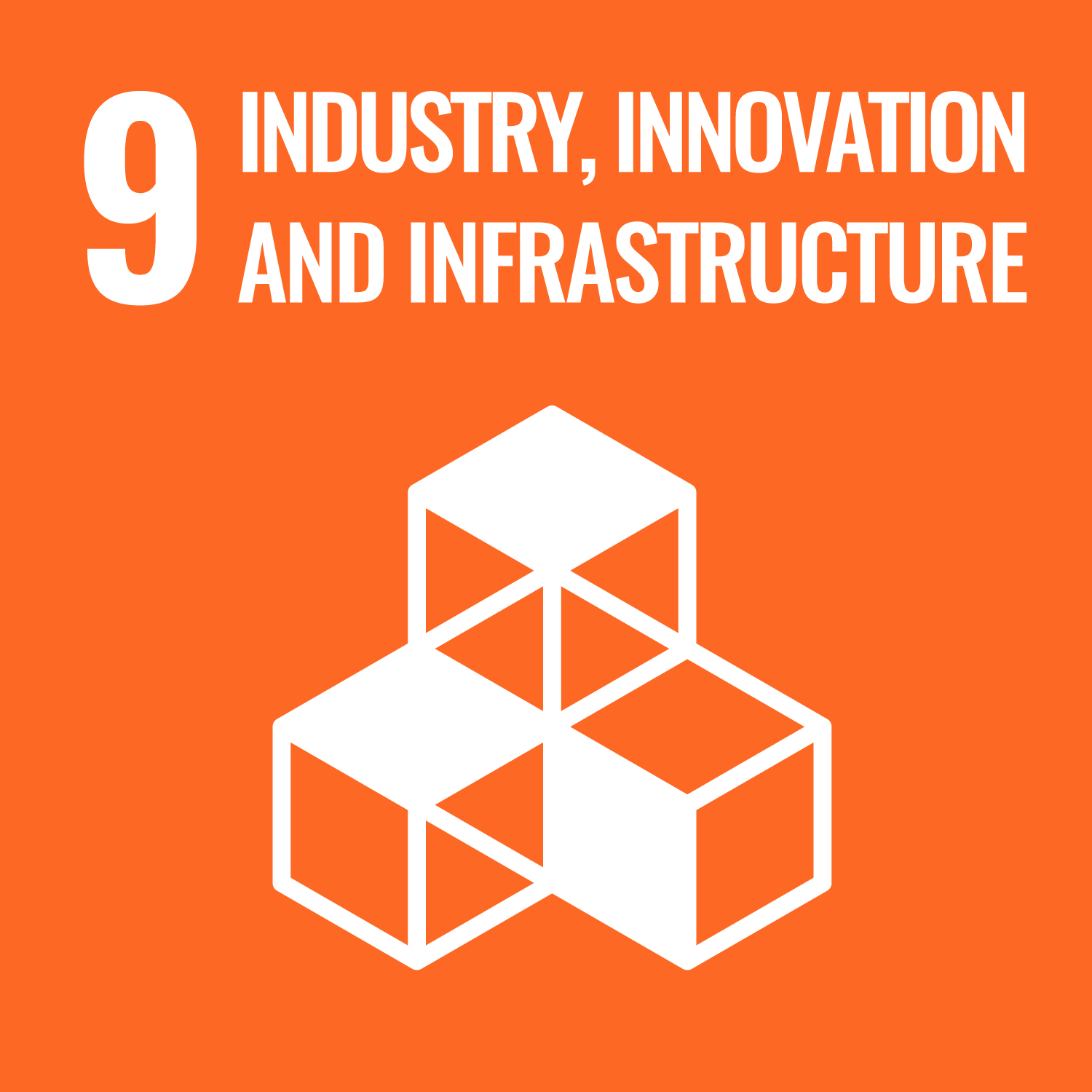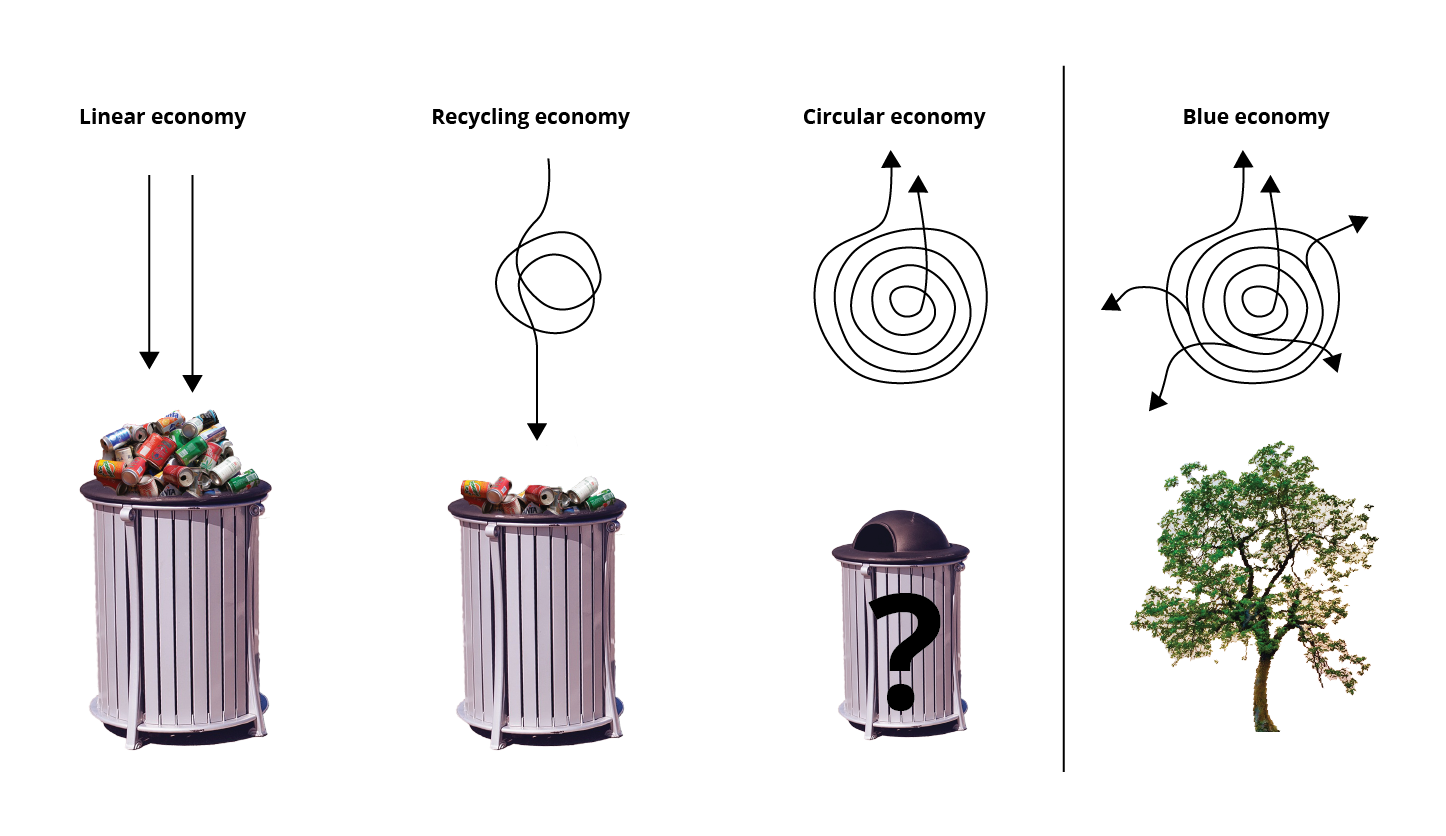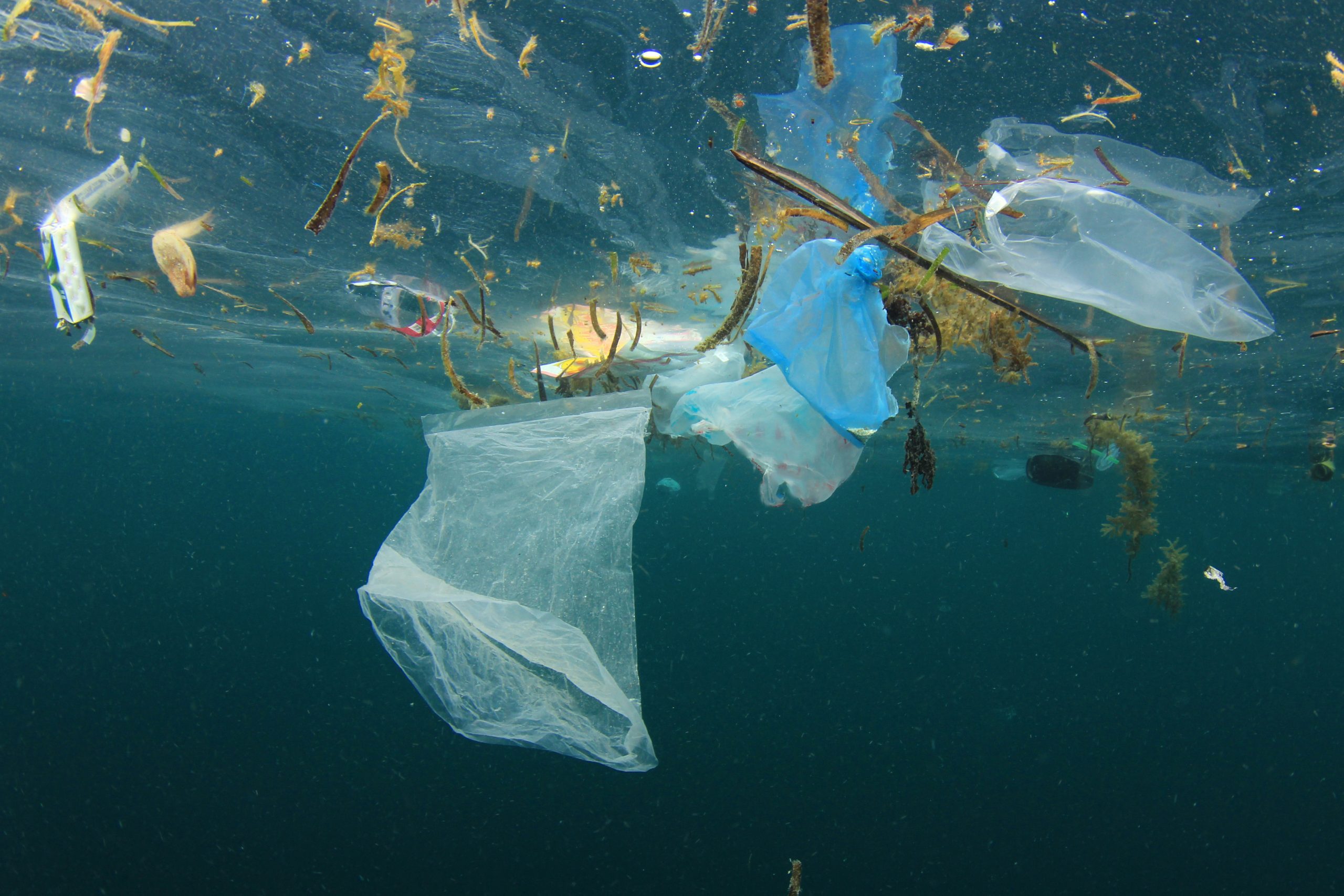economie
De sleutel tot succes is actie. En samen doen vormt de meest welvarende economie.
12 – Verantwoorde consumptie en productie
The image on the left paints the perfect picture of a system that is completely the opposite of responsible consumption and production. 30% of global food production is wasted, while nearly a billion people around the world go hungry every day. Some 150 tons of plastic are floating in our seas and oceans. Due to fast fashion we posses more clothing the ever and we briefly wear them. In short, we produce too much and use too little. We produce and consume without considering the adverse effects on the ecosystems from which we get the raw materials to produce in the first place. The circle is complete. The circle of linear production that is. SDG 12 makes sure the waste of food and other materials per person will be halved by 2030. Everyone can contribute. What's your contribution?
IBI² likes to inspire when it comes to responsible consumption and production. During the development of the biobuilding materials for the Royal BAM Group, it was made sure that 100% of the compositions were organic. From material to process, we carefully selected which organic building materials are most suitable for sustainable and modular applications. Under the name Greenovators, we are building a fully circular system together with BAM. In the infographic below you can see what objectives Greenovators has and which waste streams from construction can be reused as new. The end goal is, to transform the initially linear produced products into renewable materials. This is how we try to drive the transition to responsible production. Produce less and use more. Using what is at hand sparingly, and above all taking an example from processes in nature. Where the term waste does not exist.
Afvalstromen omzetten in waarde
Greenovators, as a separate project, was born out of BAM's need to utilize residual streams from their construction sites as raw materials instead of waste. Recently, we have been working on developing a wood/construction panel manufactured from waste wood. At the various and geographically very dispersed construction sites, approximately 11 million euros' worth of waste is produced annually, ranging from wood to plaster and glass to slip. On the right, the different materials are visualized.
Depending on the quality of the wood in question (whether or not it was treated with paint or other agent), a wooden board has been developed that is composed entirely bio-based or a corresponding board with a minimum of ingredients such as paint or other agent. These boards have since been tested for application, tensile strength, etc.
With the term Greenovators, we want to indicate green developments and innovations based on principles of circularity.


blue ports – een nieuwe werkwijze
Project Blueports ignites the transportation transition from "Drive if you can, ship if you must," to "Ship if you can, drive if you must." The grant application for Project Blueports went outdoors in mid-January (2023). The answer will probably come in June.
Inland ports face significant challenges in the area of sustainability and energy transition. The big impact it has also presents opportunities when taking into account the relevant SDGs for these ports. The collaboration of organizations shaping Blueports created a new approach based on the 17 SDGs. This provided insight into exactly what the environment looks like, what it needs and what (alternative) resources can be used. Ultimately, it's all about making better use of the river system. A way of working that connects the ports more efficiently, but also makes a connection between surrounding pieces of nature. For example, many ports still have their backs turned to nearby cities. By including the SDGs in the new development, it becomes easier to make the connection between port and city.
In Brussel, they have enthusiastic conversations about this new way of working. This is viewed as innnovative and refreshing. It fits perfectly

with the circularity and sustainability goals. So the question is not whether the subsidy will come, but when. Then this transition can gain momentum and possibly inspire other distribution and transportation systems to switch to this new way of working as well.
In the annual edition of Port Locations Netherlands 2023 magazine, Blueports' contribution is detailed on pages 61 and 62. It also focuses on other port companies, port locations and container terminals in the Netherlands, and what they are doing to move toward the circular economy. Click here for the full magazine.

